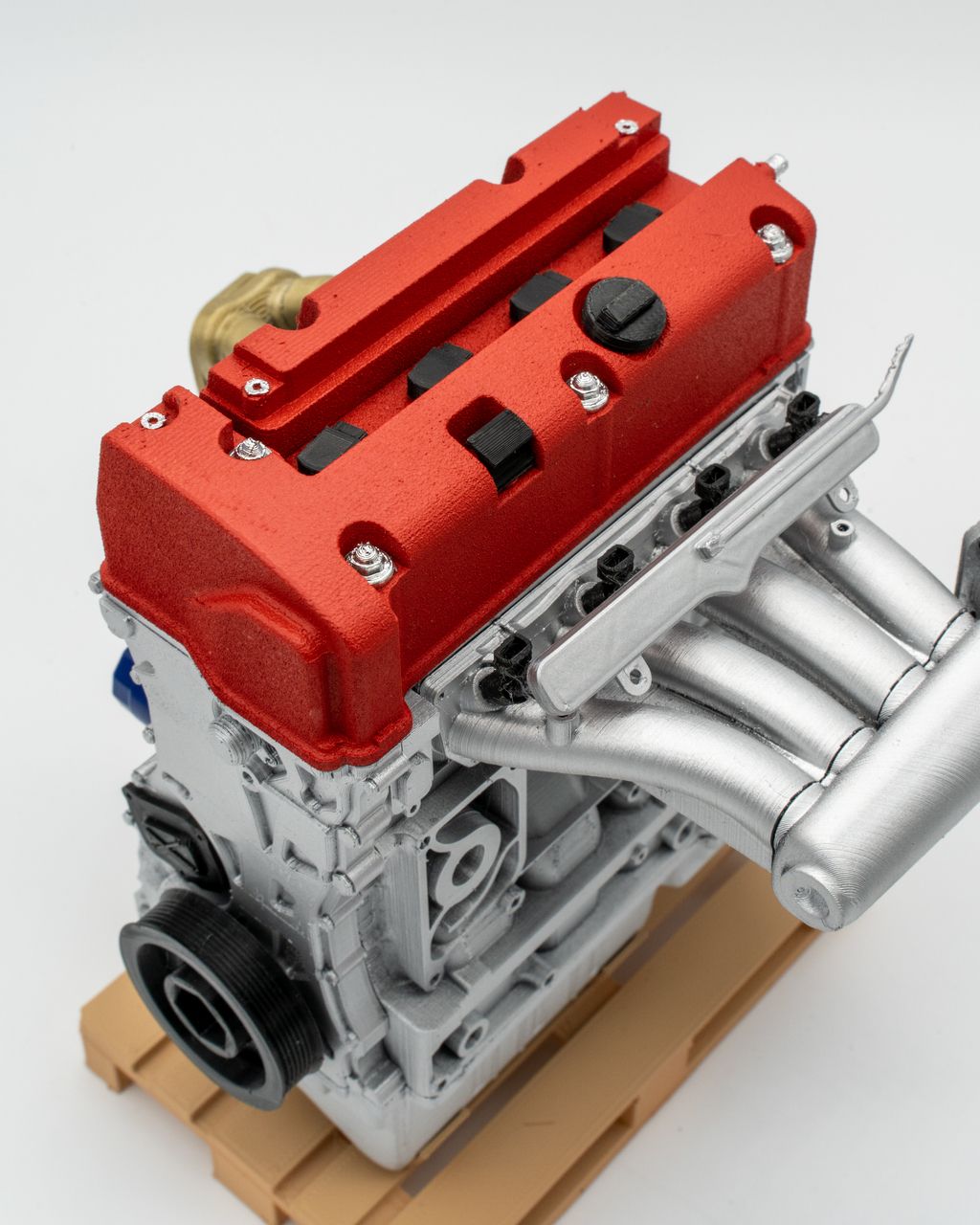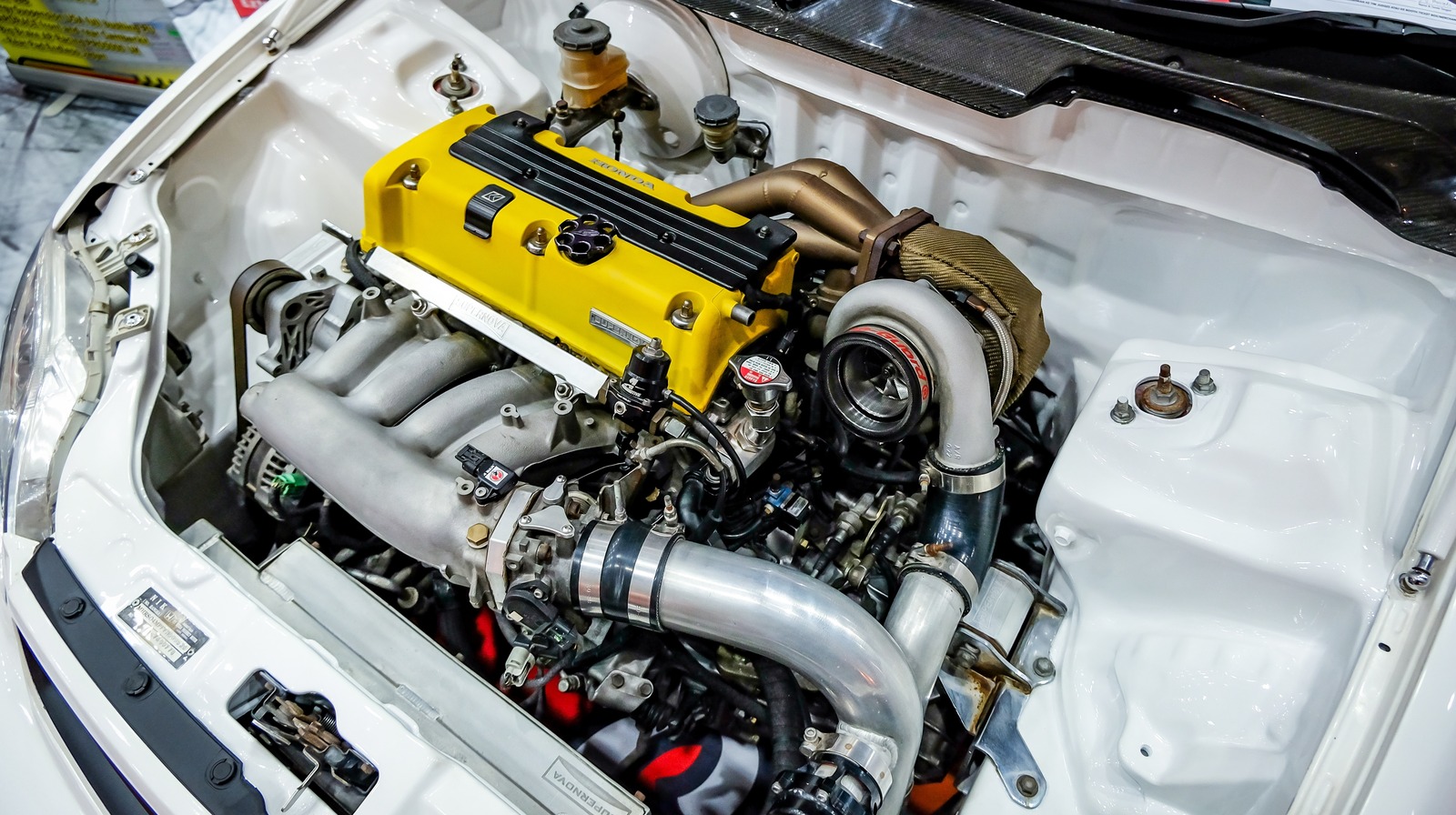All Regarding the K20 Engine: Trick Insights Into Its Layout and Performance Conveniences
The Honda K20 engine, a remarkable piece of engineering, stays a topic of intrigue among cars and truck fanatics and specialists alike. The one-of-a-kind mix of its superior design, high-revving capability, and remarkable power output sets it apart worldwide of automobile engines. To truly value its resourcefulness, one have to analyze the intricate information of its building and construction and efficiency. Let's start a journey to understand the intricacies that make the K20 engine a standout entertainer.
The Beginning and Advancement of the K20 Engine
The K20 engine, a wonder of vehicle engineering, traces its origins back to the turn of the centuries. Born in the hands of Honda's experienced engineers, the K20 swiftly ended up being a symbol of phenomenal efficiency and reliability. As component of the K-series engines, it was at first presented in 2001, gathering attention for its distinct develop and power outcome. For many years, the K20 engine has evolved, integrating technological innovations whilst keeping its core layout approach. This advancement has seen the K20 go from powering portable cars to being the heart of high-performance cars. In spite of the rise of newer engines, the K20 still holds its ground, a testimony to its well-conceived origins and regular refinement. This enduring prestige underscores the K20's relevance in the annals of automobile background.
Understanding the Design of the K20 Engine
The K20 engine's unique structure is a wonder of design that establishes it apart from its counterparts. Its performance functions and requirements highlight the meticulous attention to detail and advancement that went right into its production. The engine's cooling and lubrication systems further demonstrate the ingenious approach absorbed its style.
K20 Engines Distinct Structure
While several engines boast impressive specifications, it is the distinct framework of the K20 engine that establishes it apart. Honda, the supplier, designed this engine as part of the K-series, which are four-cylinder, four-stroke engines. The K20, specifically, features an aluminum cyndrical tube block with an actors iron cyndrical tube lining. Its portable framework is exceptional for its high-revving nature, which is sustained by a double overhead camshaft (DOHC) design. This DOHC design, combined with the VTEC system (Variable Shutoff Timing and Raise Electronic Control), ensures efficient fuel burning and a wide powerband. Such a taken into consideration framework is among the reasons the K20 engine has gained a track record for its high performance and reliability.
Efficiency Features and Specs
In order to absolutely comprehend the K20 engine's impressive efficiency, one should delve right into its elaborate layout and technological requirements. This inventive engine, a product of Honda's design prowess, flaunts a 2.0 L displacement, and a four-cylinder, DOHC i-VTEC arrangement. Its design enables a peak power outcome of about 200 horsepower, running effectively at 7,800 RPM. The K20 engine additionally features a high compression proportion of 11:1, enhancing gas efficiency and power generation. Its light-weight construction, attained through the use of an aluminium block and head, boosts the power-to-weight ratio, supplying a side in terms of acceleration and handling. Note that the K20's efficiency is also dramatically influenced by its certain transmission pairing and adjusting.
Innovative Cooling and Lubrication
Few aspects of the K20 engine's design are as critical to its efficiency as its innovative cooling and lubrication system. It includes a high-flow oil pump and a special oil strainer layout to make sure clean, unhampered oil flow to crucial engine parts. This ingenious cooling and lubrication arrangement is a crucial element in the K20 engine's prominent toughness and performance, giving necessary protection versus wear and thermal damage.
The Technical Requirements of the K20 Engine

Performance Attributes of the K20 Engine
In evaluating the K20 engine, one must take into consideration several efficiency qualities. Notably, the power outcome and the design includes enhancing efficiency are crucial facets to analyze. Just as essential is the factor to consider of fuel performance, demonstrating the engine's financial viability.
K20 Engine's Power Outcome

Design Includes Enhancing Efficiency
In spite of its portable size, the K20 engine boasts numerous design functions that significantly boost its performance. Understood for its high-revving nature, it utilizes a dual overhead camshaft (DOHC) design, which allows for better valve control and greater efficiency at faster rates. The implementation of Honda's i-VTEC system more optimizes shutoff timing, adding to the K20's outstanding power result. A significantly square bore and stroke proportion help in achieving a balance between torque and horse power. This engine additionally features a lightweight, die-cast aluminum block that minimizes total weight, leading to improved car characteristics and velocity capacities. These layout elements work article source together, making the K20 a standout performer in its class. K20 Engine.
Fuel Efficiency Considerations
Although the K20 engine is renowned for its power and performance, its fuel efficiency considerations can not be overlooked. Integrated right into its layout are functions that add to its amazing fuel economy. These consist of a portable burning chamber and making use of lightweight products that decrease engine load. Furthermore, its Variable Valve Timing and Raise Digital Control (VTEC) system enhances power output at high RPMs without endangering gas effectiveness at lower rates. The engine's computer-controlled system also tweaks gas injection and ignition timing, even more enhancing gas economy. Consequently, the K20 engine supplies a remarkable blend of efficiency and fuel efficiency, making it a selection engine for numerous performance and economy-minded motorists.
Usual Applications and Uses of the K20 Engine

The Conveniences and Drawbacks of the K20 Engine
Having developed the K20's prevalent usage in numerous applications, it's just as essential to consider its downsides and advantages. On the positive side, the K20 engine is admired for its high efficiency and reliability. The engine is not article source without its downsides.
Final thought
In verdict, Honda's K20 engine, introduced in 2001, is a wonder of vehicle engineering. Despite some drawbacks, the K20 engine's benefits plainly exceed them, making it an exceptional feat in the automobile industry.
While several engines boast impressive requirements, it is the distinct framework of the K20 engine that sets it apart. Honda, the maker, designed this engine as component of the K-series, which are four-cylinder, four-stroke engines.Few facets of the K20 engine's style are as essential to its efficiency as its ingenious cooling and lubrication system.In spite of its compact size, the K20 engine boasts numerous design attributes that considerably boost its performance. The K20 engine uses an outstanding mix of performance and gas efficiency, making it an option engine for many performance and economy-minded vehicle drivers.